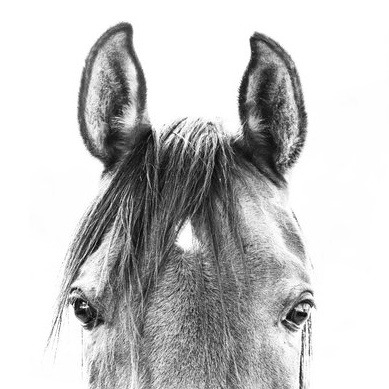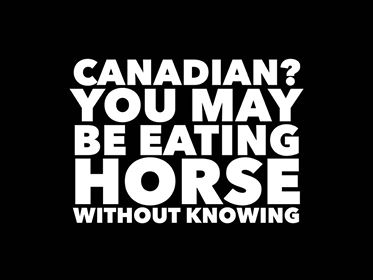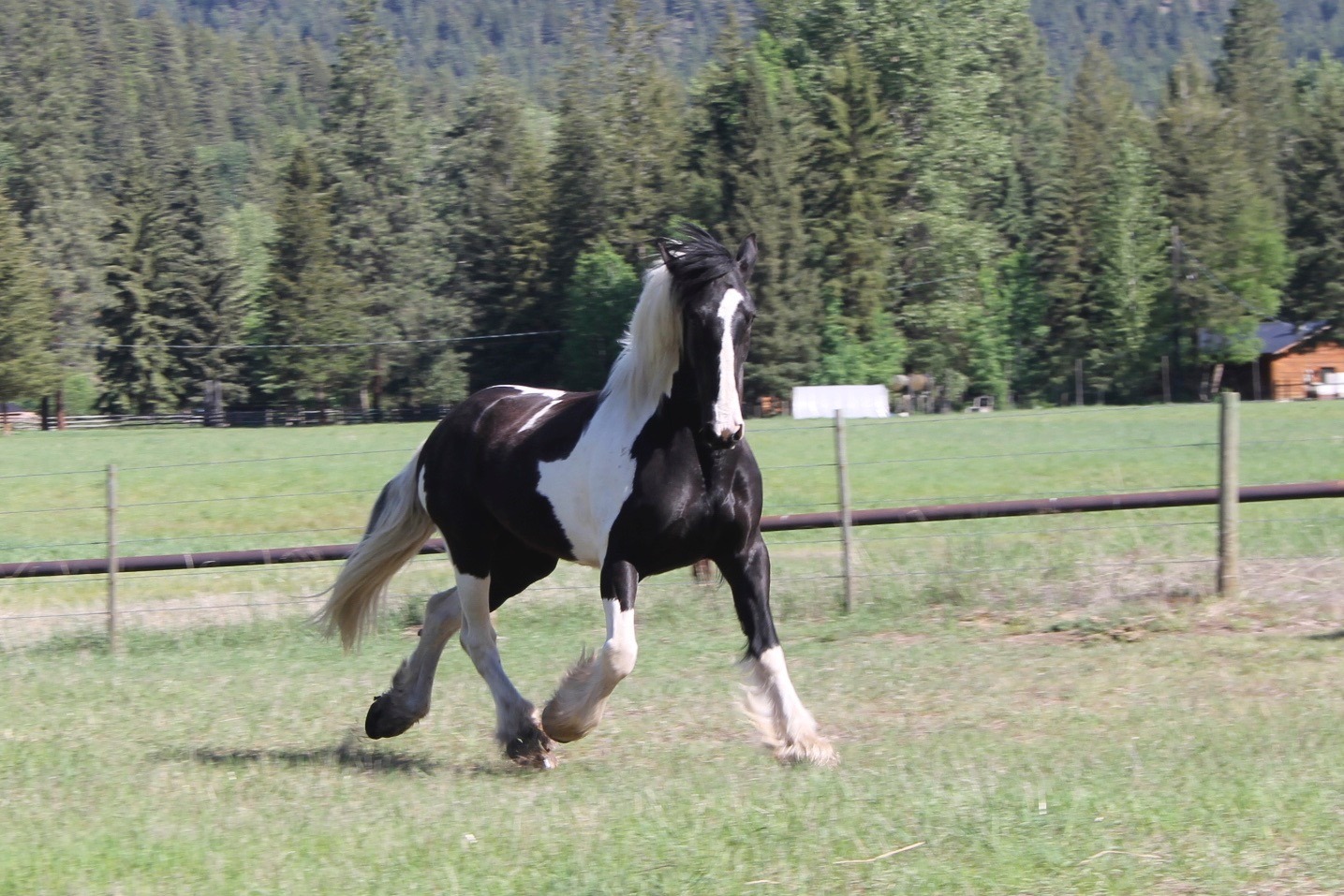YOU CAN HELP PASS BILL C-355First published Dec. 12, 2024. Updated Dec. 21, 2024. Okay, we know, we know, you've signed and shared petitions including multiple Member of Parliament sponsored e-petitions - THANK YOU. [Those e-petions went a long way to getting Bill...
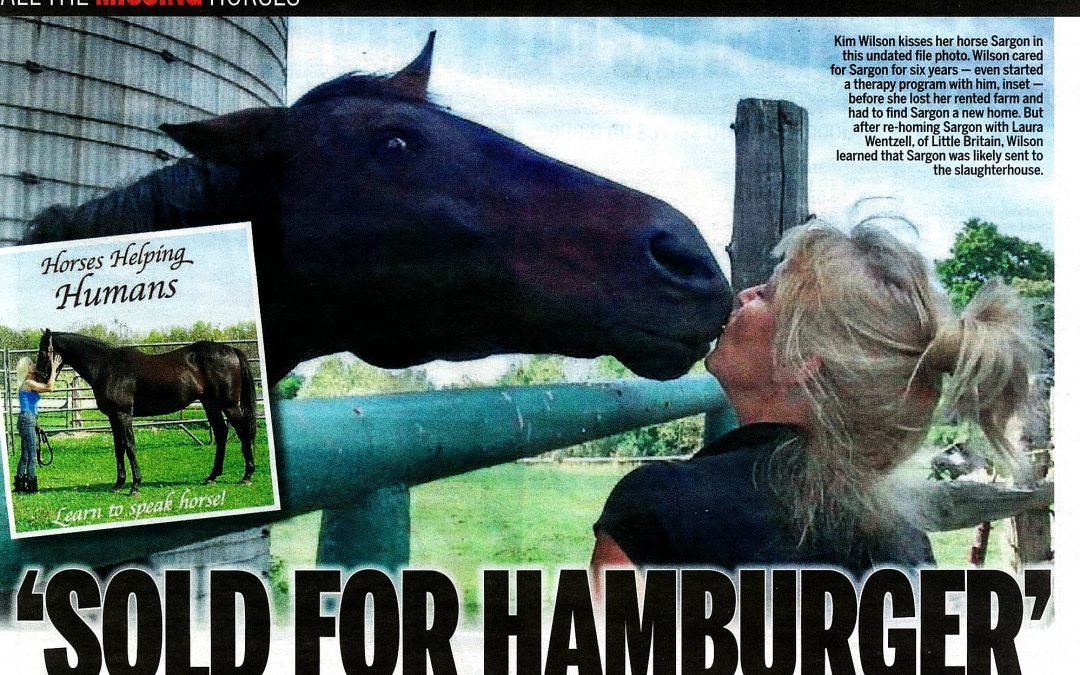
Stolen Horse Sold for Hamburger
This story is definitely re-post worthy.
This story is a reminder to all of us in Canada who live within a days drive of where slaughter plants are in Alberta, or Quebec, about how easy it would be for any of our horses to be snatched and slaughtered before we even knew they were missing.
Think about how far you live from either Alberta or Quebec, a days drive, 2 days drive or less?
So this story is pertinent to those who live ANY where in Canada, but especially in the provinces of Alberta and Quebec and neighbouring provinces, like British Columbia and Ontario.
Every horse owner within Canada or the United States needs to be aware that any horse can be stolen and unless your horse is branded, there are not protocols in place at Canadian slaughter plants, to double check that a horse is stolen.
There are also not any mandatory hold times after a horse is sold to a slaughter plant so horses are often slaughtered the same day they arrive at a slaughter plant.
In other words, many Canadians could come home from work, or wake up in the morning to find that a horse or horses are missing, and our horses could be slaughtered for human consumption without us being notified first.
Slaughtering horses in Canada is legal.
The practice has been banned in the United States but horses from the United States are routinely shipped to Canada and Mexico to be slaughtered.
There have been other well documented cases of horses disappearing and being slaughtered.
Listen to Kim and Sargon’s story on Blue Sky Radio.
So what can you do to help bring this barbaric practice to a halt?


T-SHIRTS IN SUPPORT OF HORSE RESCUE FUND
LIMITED TIME OFFER FREE SHIPPING CANADA & USA
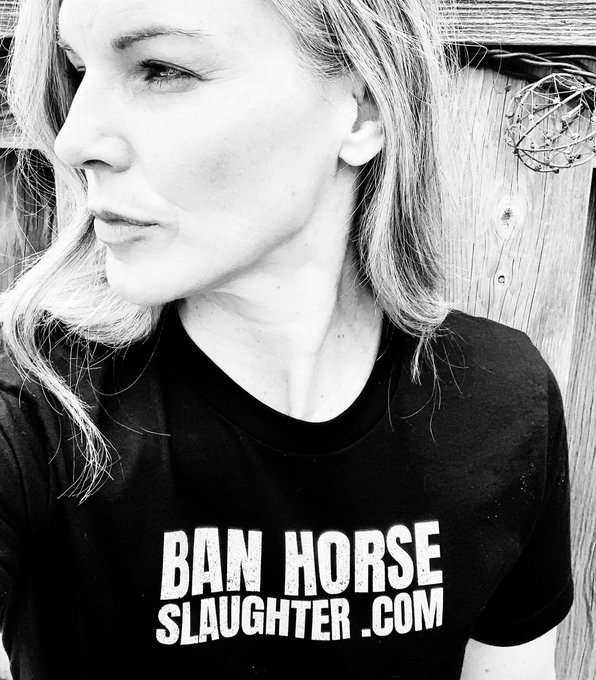
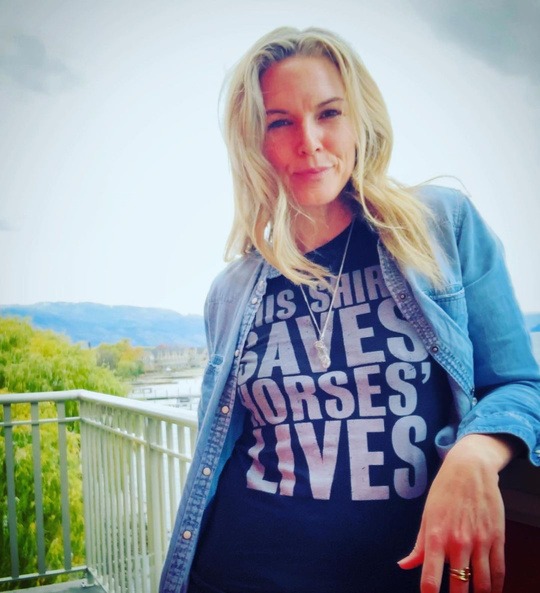
CANADA SLAUGHTERS HORSES FOR HUMAN CONSUMPTION
It may be hard for some to believe that tens of thousands of horses, including pets, are routinely slaughtered in Canada, for human consumption.
Some of the meat is consumed in Canada and much of it is shipped to the European Union and other markets, including Japan.
The barbaric slaughter of horses is currently not legal in the United States, BUT horses, including pets and ex-racehorses, from the United States are shipped to Canada and to Mexico to be slaughtered.
In addition Canada allows for the transportation of live horses to Japan, to be slaughtered for human consumption, and unfortunately the transportation of horses destined for slaughter within Canada, and by air, is far from humane.
CONTACT SENATE AG COMMITTEE
VIDEO: CBC CANADA NEWS TONIGHT
A POWERFUL INFORMATIVE SEGMENTThank you, Jann Arden, for your unwavering commitment to advocating for the protection of horses. Your efforts, particularly in helping to ban the live export of horses for slaughter, have made a tremendous difference. (That is an...
SHOW HORSES SHIPPED TO JAPAN FOR SLAUGHTER
First published August 31, 2022 - UPDATED December 14, 2024. Have you ever wondered who is behind exporting horses from Canada to Japan for the purpose of slaughter for human consumption?According to an article from Ontario Farmer magazine titled: HORSES STILL HEAD TO...




